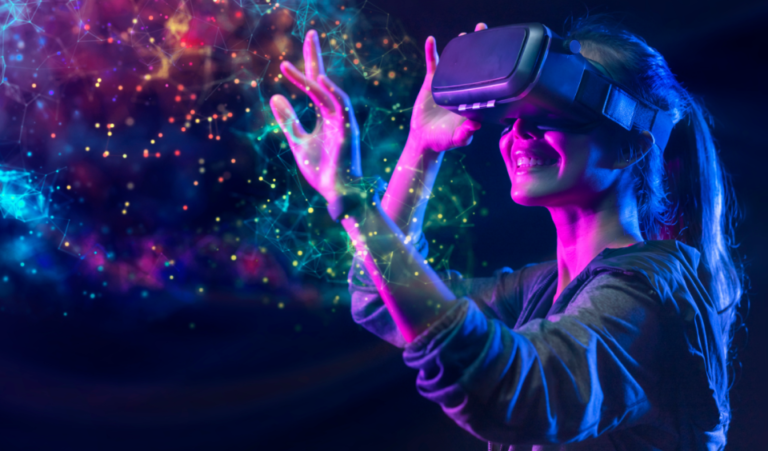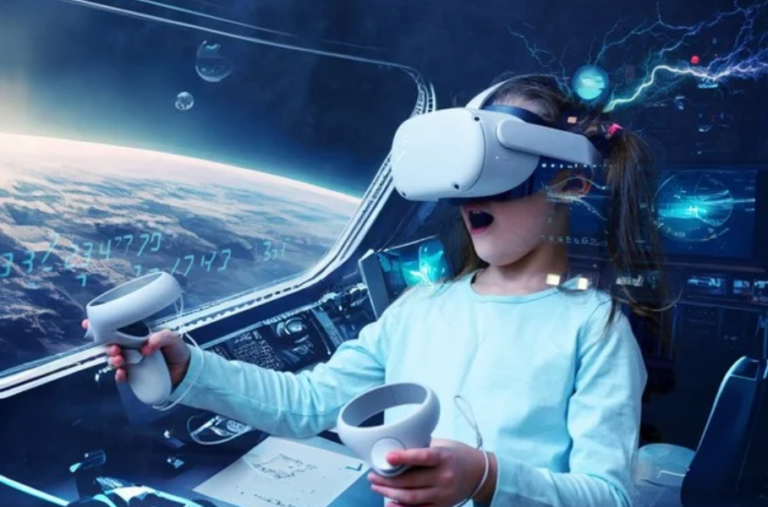The Evolution of Entertainment: From Radio to Streaming Services

The evolution of entertainment reflects significant technological advancements and shifting cultural paradigms. From the communal audio experiences of early radio to the visual storytelling of television, each medium has shaped societal norms and values. The internet further democratized content access, paving the way for diverse creators. Currently, streaming services exemplify a shift towards personalized, on-demand consumption. This trajectory raises questions about the future of entertainment and its implications for audience engagement and content creation.
The Birth of Radio: A New Era of Audio Entertainment
As the 20th century dawned, the advent of radio marked a transformative shift in audio entertainment, fundamentally altering how audiences consumed content.
This audio innovation democratized information and storytelling, fostering a shared cultural impact previously unattainable through print.
Unlike earlier forms of entertainment, radio engaged listeners in real-time, creating communal experiences that empowered individual voices and reshaped the societal landscape in profound ways.
See also: doms2cents
The Rise of Television: Visual Storytelling Takes Center Stage
The emergence of television in the mid-20th century introduced a revolutionary dimension to entertainment that surpassed the auditory confines of radio.
This medium enabled the creation of visual narratives, engaging audiences through imagery and storytelling.
As television evolved, it served as a mirror, reflecting cultural values and societal changes, ultimately transforming the way stories were told and experienced, fostering a deeper connection with viewers.
The Impact of the Internet: Transforming Access and Distribution
Although traditional media had established methods of content distribution, the advent of the internet fundamentally altered how entertainment is accessed and shared.
Digital accessibility has empowered audiences, enabling them to explore diverse content from various creators. This shift fosters content democratization, breaking down barriers that once limited distribution, contrasting sharply with conventional channels that often restricted access and favored established entities.
Streaming Services: The Future of On-Demand Entertainment
With the internet revolutionizing access to entertainment, streaming services have emerged as a dominant force in the landscape of on-demand content consumption.
Their subscription models offer flexibility and affordability, contrasting with traditional media. Enhanced content personalization allows users to curate their viewing experiences, fostering a sense of autonomy.
As consumer preferences evolve, streaming platforms will likely continue shaping the future of entertainment.
Conclusion
In the grand tapestry of entertainment, each medium has woven its distinct thread, contributing to the intricate design of cultural expression. Radio, with its intimate whispers, gave way to television’s vivid narratives, while the internet shattered barriers, democratizing content creation. Today, streaming services stand as the architects of a new era, crafting a personalized landscape where viewers navigate their own journeys. As this evolution unfolds, it becomes evident that the pulse of entertainment beats in rhythm with technological advancement and audience desire.


